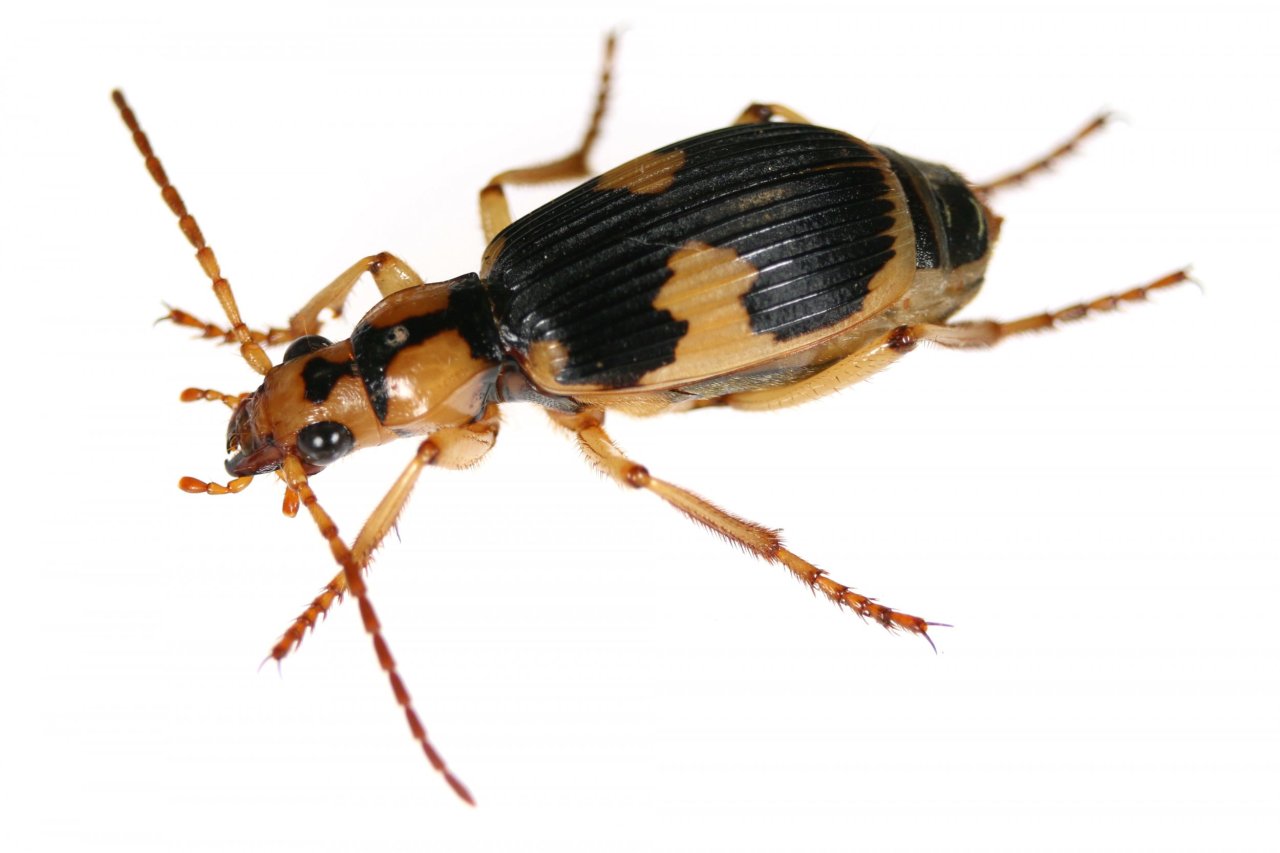Updated | You're just a toad strolling through a Japanese forest, on the hunt for a snack. No one could blame you for snagging that beetle with your sticky tongue and swallowing it whole.
Well, the beetle could blame you. And the beetle, which you have somehow neglected to actually kill, is uniquely equipped to make you regret your snack. You've had the misfortune of trying to feast on a bombardier beetle, which just so happens to be able to squirt a boiling mixture of chemicals into your stomach—needless to say, not the best dinner surprise ever. Your stomach rebels and you vomit up a mucus-coated beetle, which trundles off on its merry way.
That's the story told by a new paper published in the journal Biology Letters that tests the bombardier beetle's defenses against two species of toad.
It's a straightforward study: gather some beetles, gather some toads, pair some up and watch what happens. It turns out all the toads catch the beetles, but one in every two or three beetles free themselves after an audible burst heard from inside the toad's stomach. Anywhere between 15 minutes and more than an hour and a half after swallowing their prey, the toads turn out their stomachs and—with a face worthy of a five-year-old presented with a forkful of Brussels sprouts—spit the beetles out. The experimenters kept an eye on the beetles for two weeks after their ordeal and almost all of them survived.
To be sure it's the steamy spray that's responsible for those Jonah moments, take a second batch of beetles and trick them into using up their ammunition. (They can make more of the mixture, but it takes a few days.) Poking them with a pair of tweezers does the job; they instinctively spurt out their stockpile of chemicals. When these defenseless beetles meet their warty foes, their fate is grim—almost all of them stay trapped inside the toads.
And to make sure it wasn't just a fluke of the toads, the experimenters also offered them beetles not capable of creating the burst of steam and hot chemicals called quinones, which can hit temperatures over 200 degrees Fahrenheit. Those beetles went down just fine.
Of course, the experiment isn't necessarily pleasant for the toads that swallow well-equipped beetles. "In our experiments, toads ate non-toxic prey just after vomiting bombardier beetles, suggesting that bombardier beetles did not seriously harm toads," co-author Shinji Sugiura, an entomologist at Kobe University in Japan, wrote in an email to Newsweek. "However, toads should be unhappy to swallow the beetles. Therefore, we provided each toad with only one beetle to minimize the negative impacts of the beetles on toads." (The toads were all set free after their stint in the lab.)
We humans will never have to contend with the beetles' defense mechanism or be able to harness the toads' calm stomach-turning talent. But it's likely the bombardier beetle has company in the animal kingdom—so any toads reading this, watch out.
This story has been updated to include more information about the chemicals produced by the beetles.
















